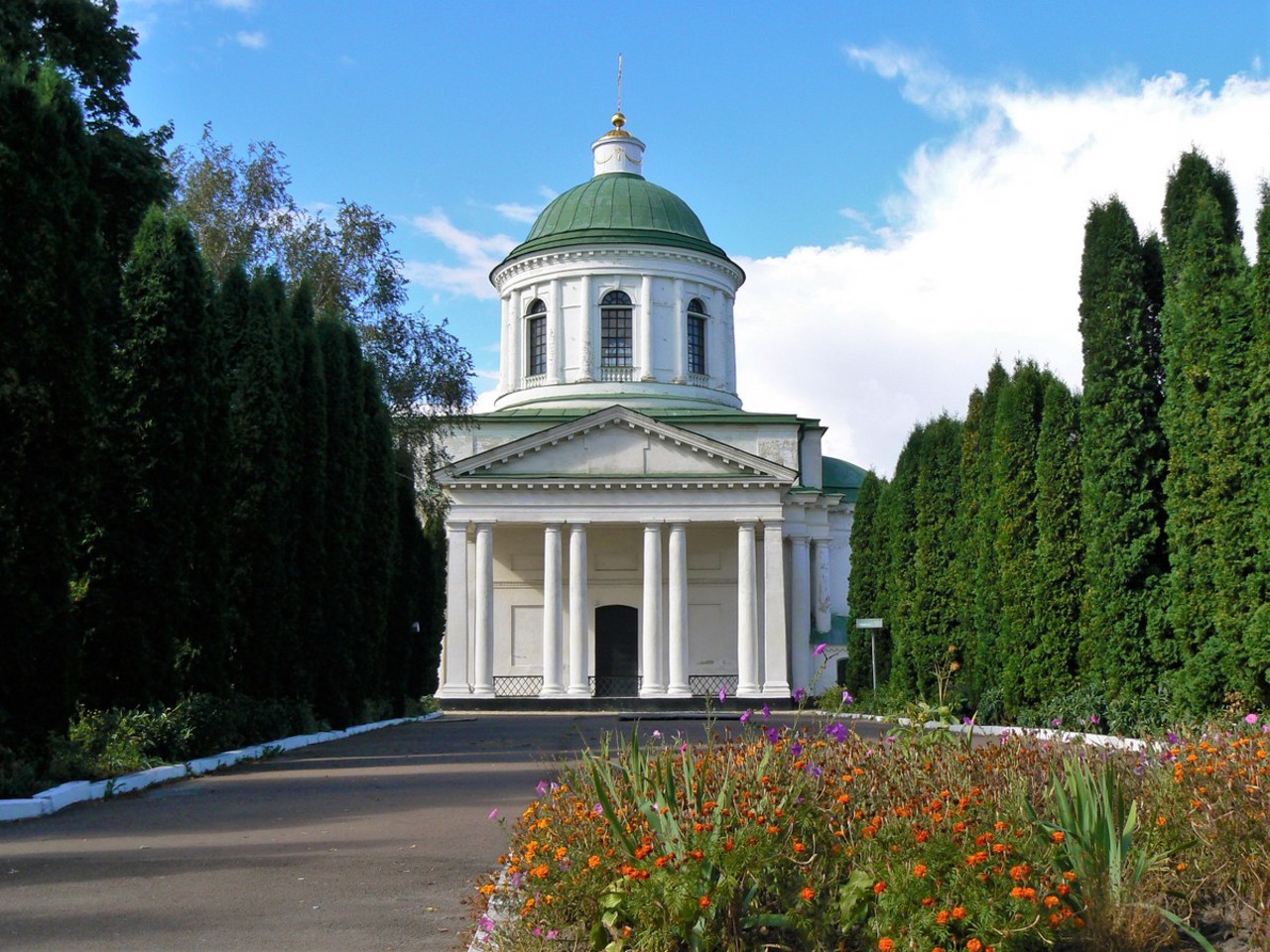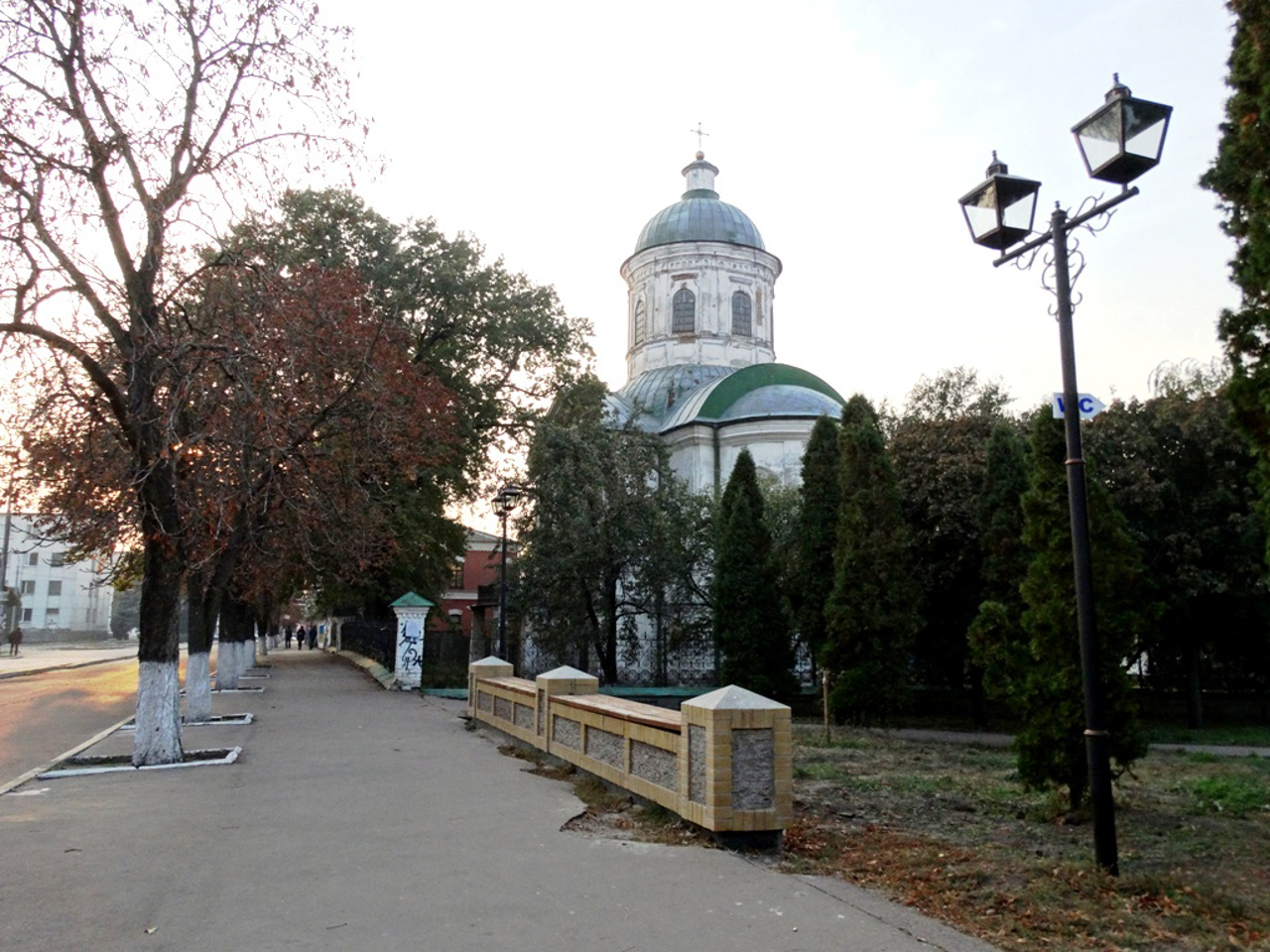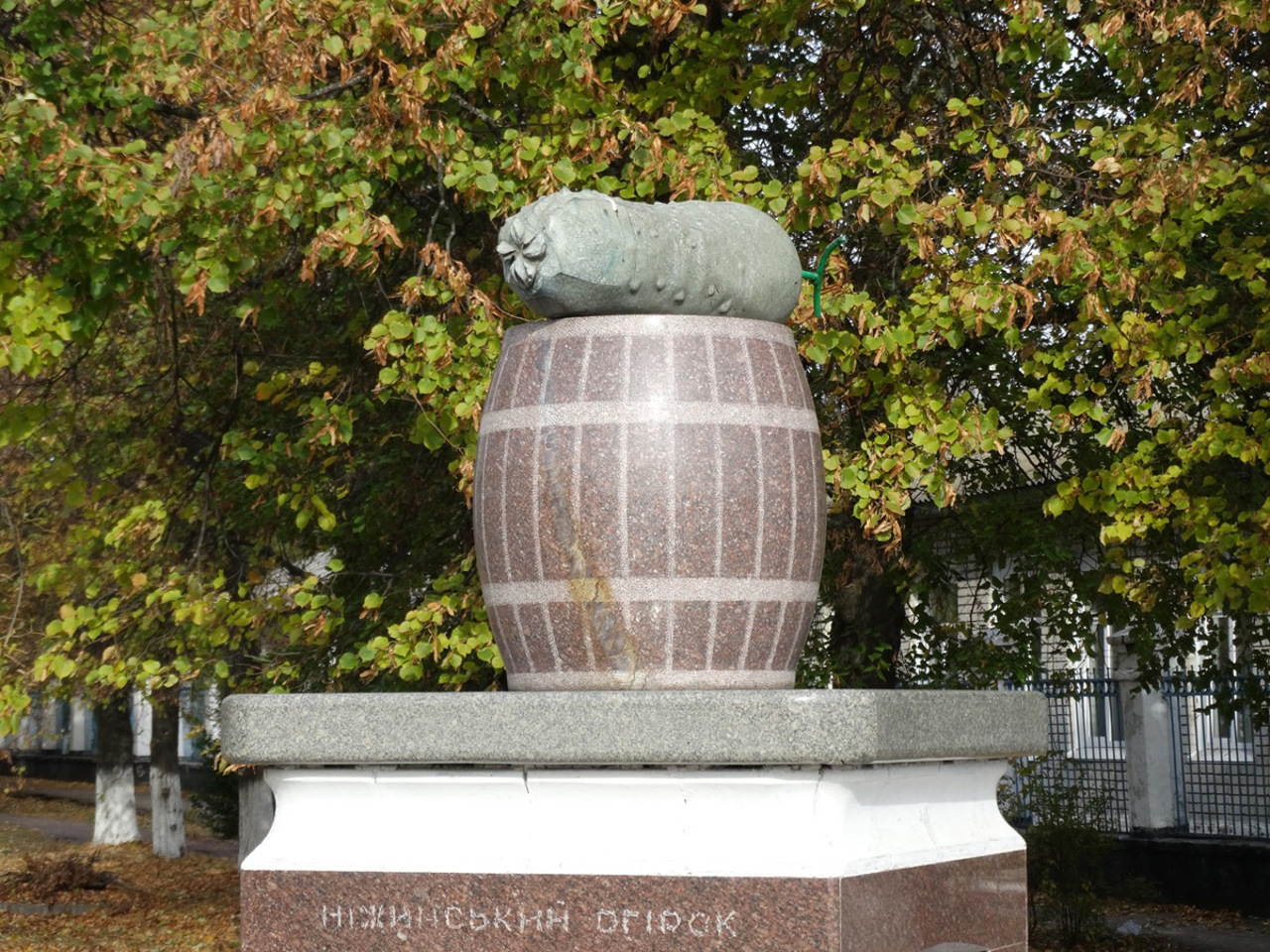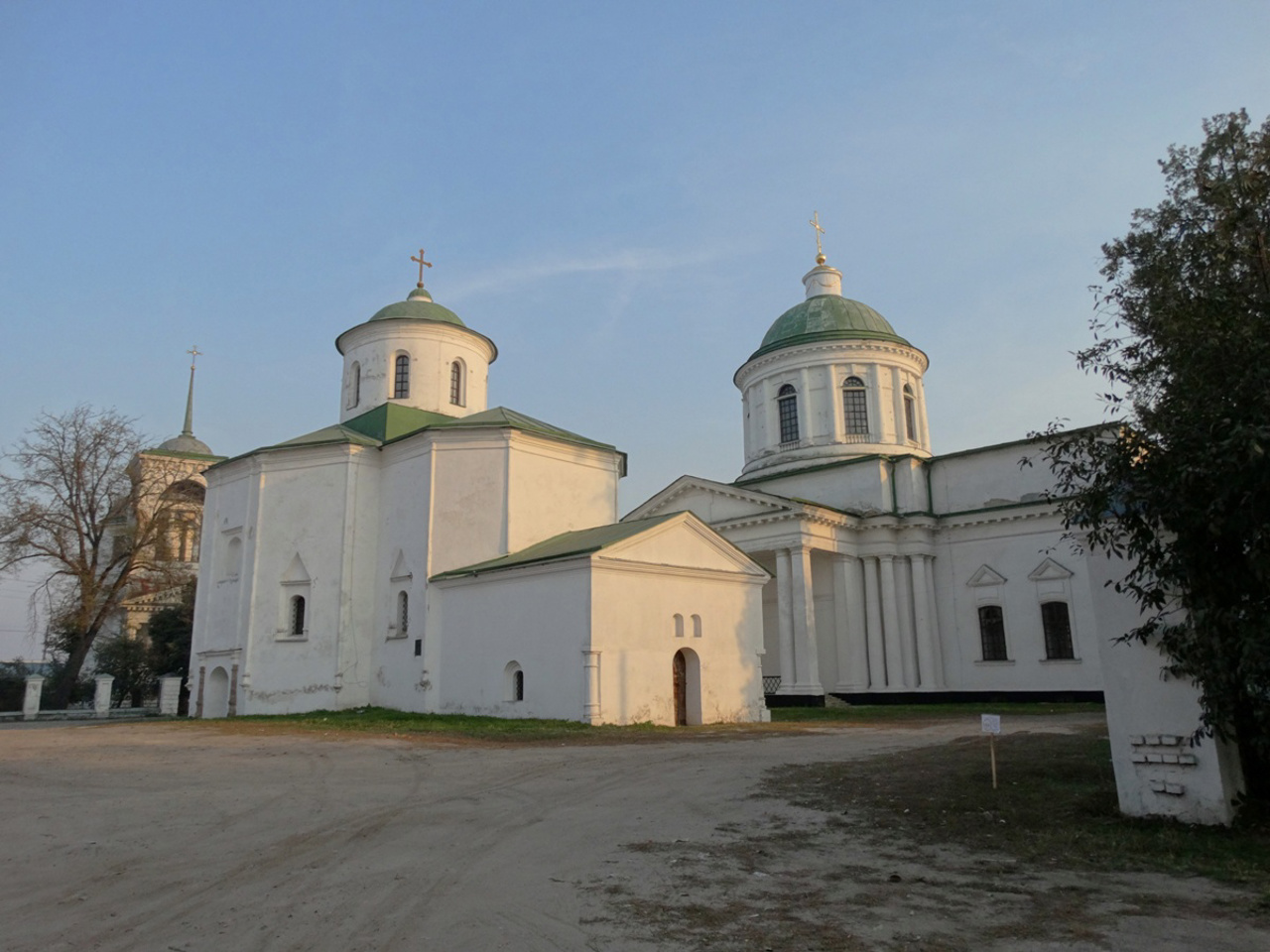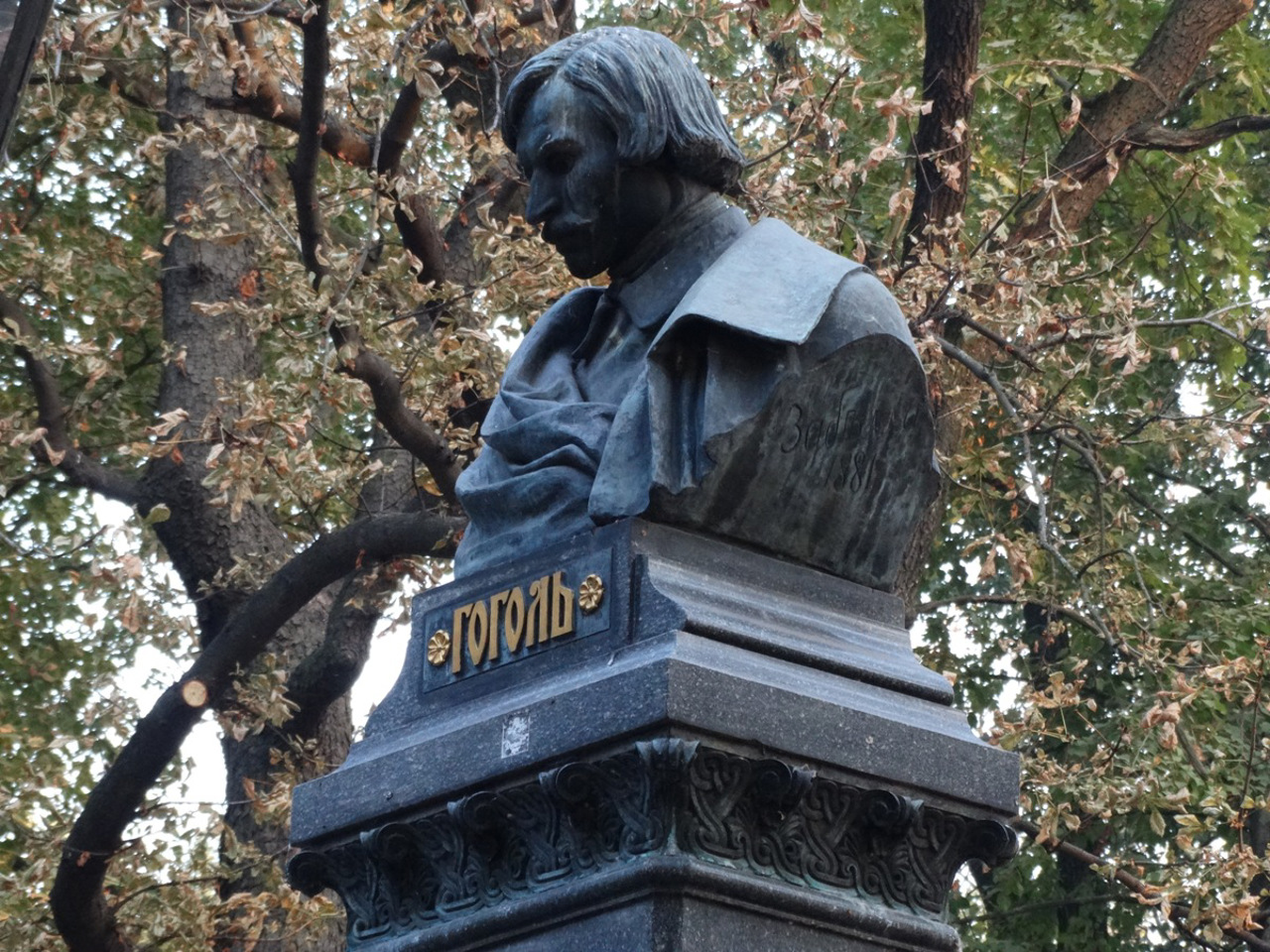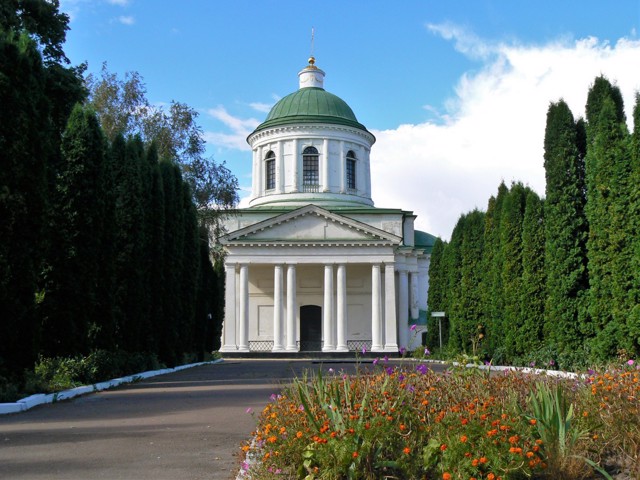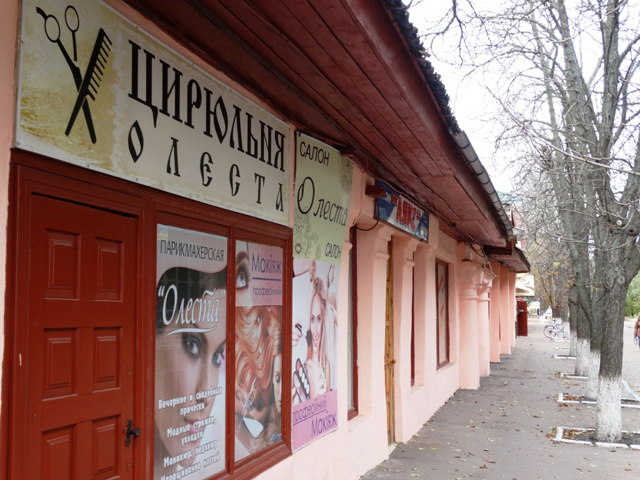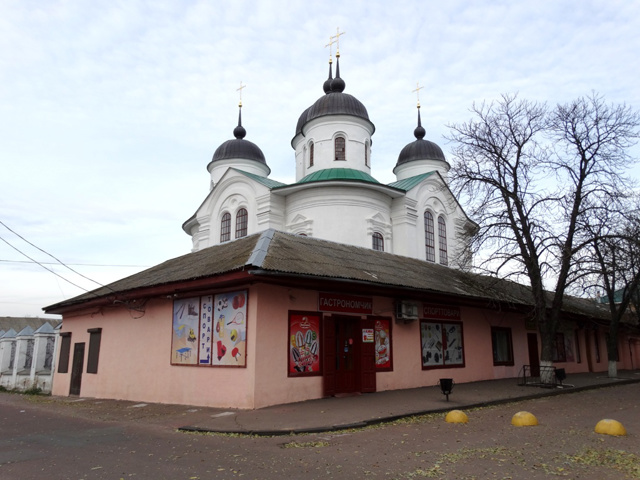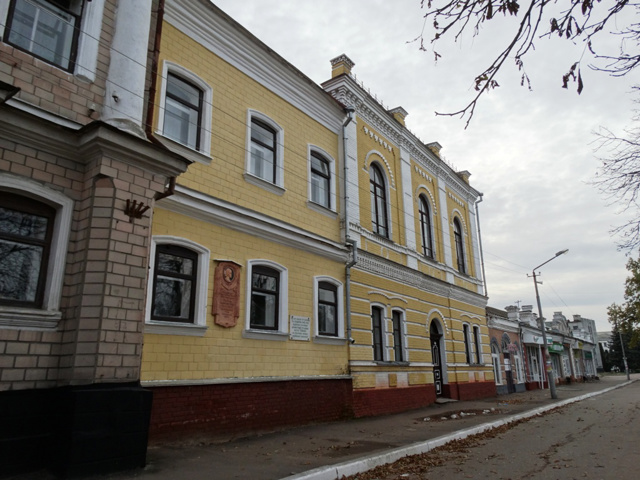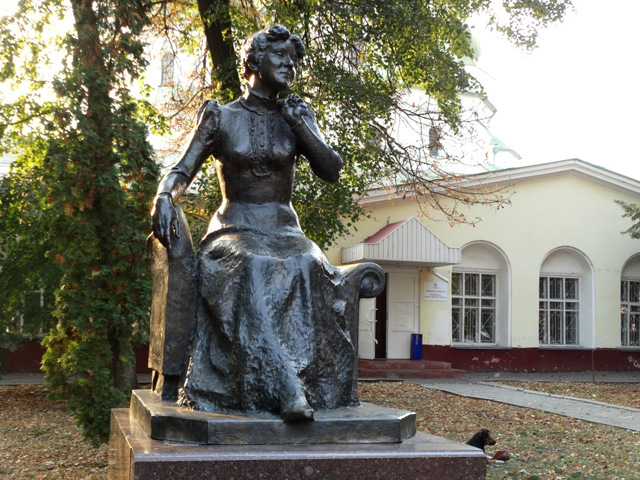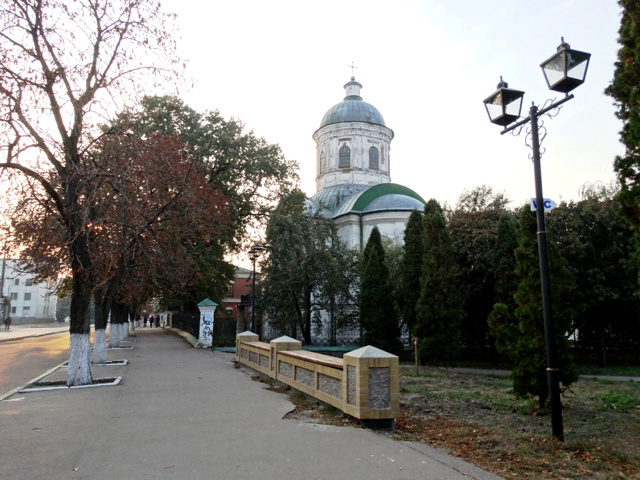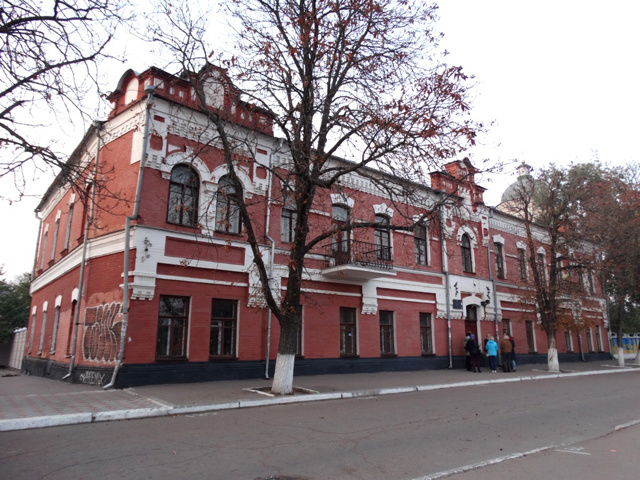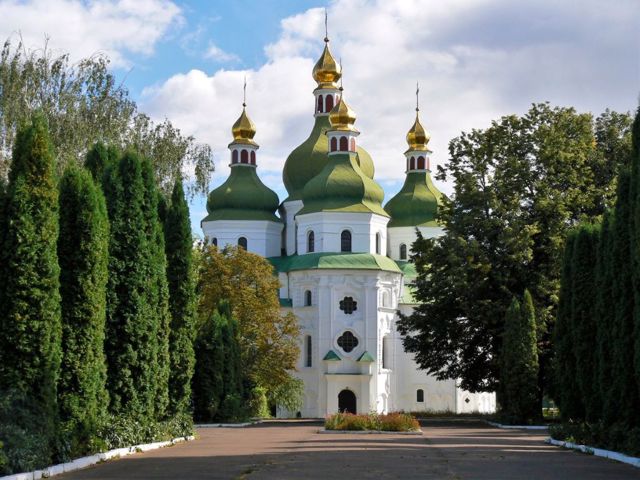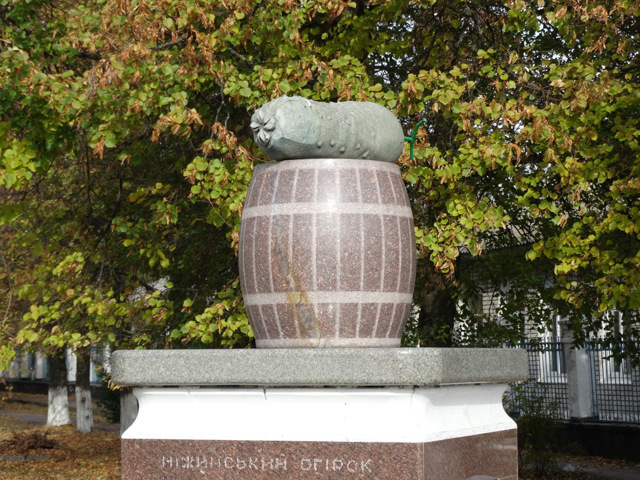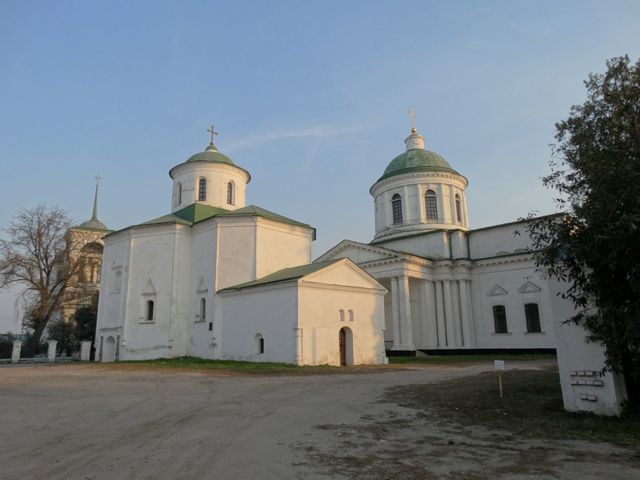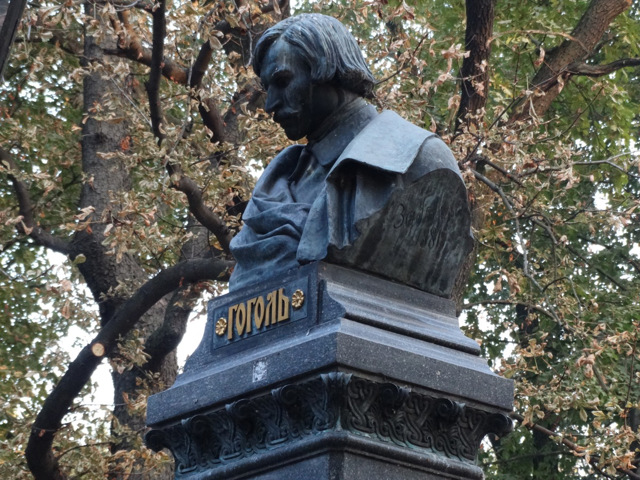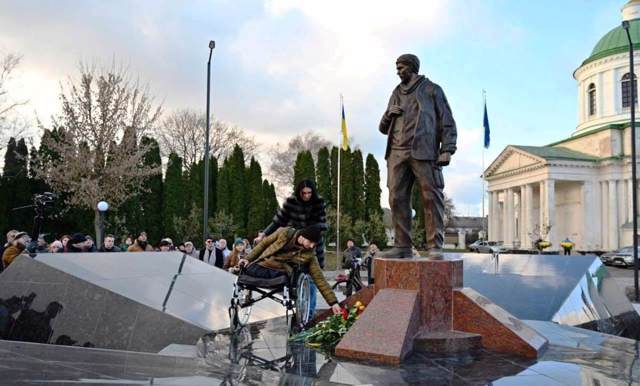Functional temporarily unavailable
General information about Nizhyn
The historic city of Nizhyn on the river. Oster is famous for the products of the cannery - Nizhyn cucumbers (a monument to a cucumber is installed at the central entrance to the plant).
For the first time the city was mentioned in the annals of 1078 as Nezhatyn, in 1147 as Unenezh. In 1625, a new city was built on the site of a settlement destroyed by the Tatar-Mongols.
In 1663, the "Black Rada" took place in Nizhyn, at which I. Bryukhovetskyi was elected hetman, who gave Ukraine under the rule of the Moscow Tsar.
In the XVIII century. the Greek community was strong, which is reflected in the architectural and cultural heritage. The city of churches - 20 places of worship have survived.
In 1805, the Gymnasium of Higher Sciences of Prince Bezborodko was ...
The historic city of Nizhyn on the river. Oster is famous for the products of the cannery - Nizhyn cucumbers (a monument to a cucumber is installed at the central entrance to the plant).
For the first time the city was mentioned in the annals of 1078 as Nezhatyn, in 1147 as Unenezh. In 1625, a new city was built on the site of a settlement destroyed by the Tatar-Mongols.
In 1663, the "Black Rada" took place in Nizhyn, at which I. Bryukhovetskyi was elected hetman, who gave Ukraine under the rule of the Moscow Tsar.
In the XVIII century. the Greek community was strong, which is reflected in the architectural and cultural heritage. The city of churches - 20 places of worship have survived.
In 1805, the Gymnasium of Higher Sciences of Prince Bezborodko was founded, which laid the foundation for higher education in the entire Left-Bank Ukraine. Now it is Nizhyn State University named after Mykola Hohol, who studied here. The world's first monument to Hohol was also erected in Nizhyn.
In the only in Ukraine almost completely preserved complex of buildings of the post office of the 18th century Museum "Postal Station" was opened.
Історичне місто Ніжин на річці Остер відоме продукцією консервного заводу - ніжинськими огірками (пам'ятник огірку встановлений біля центрального входу на завод).
Вперше місто згадується в літописі 1078 року як Нежатин, в 1147 році як Уненеж. У 1625 році на місці зруйнованого татаро-монголами городища було побудовано нове місто.
У 1663 році в Ніжині відбулася "Чорна Рада", на якій гетьманом було обрано Івана Брюховецького, який віддав Україну під владу московського царя.
У XVIII столітті в місті була сильна грецька громада, що відображено в архітектурній та культурній спадщині. Місто церков - збереглося 20 культових споруд.
У 1805 році була заснована Гімназія вищих наук князя Безбородька, що поклала початок вищій освіті у всій Лівобережній Україні. ...
Історичне місто Ніжин на річці Остер відоме продукцією консервного заводу - ніжинськими огірками (пам'ятник огірку встановлений біля центрального входу на завод).
Вперше місто згадується в літописі 1078 року як Нежатин, в 1147 році як Уненеж. У 1625 році на місці зруйнованого татаро-монголами городища було побудовано нове місто.
У 1663 році в Ніжині відбулася "Чорна Рада", на якій гетьманом було обрано Івана Брюховецького, який віддав Україну під владу московського царя.
У XVIII столітті в місті була сильна грецька громада, що відображено в архітектурній та культурній спадщині. Місто церков - збереглося 20 культових споруд.
У 1805 році була заснована Гімназія вищих наук князя Безбородька, що поклала початок вищій освіті у всій Лівобережній Україні. Зараз це Ніжинський державний університет, що носить ім'я Миколи Гоголя, який тут навчався. У Ніжині встановлено і перший в світі пам'ятник Гоголю.
В єдиному в Україні комплексі будівель поштової контори XVIII століття, який майже повністю зберігся, відкрито музей "Поштова станція".
Сплануй своє перебування у Nizhyn
What to see and where to go in Nizhyn
Tourist attractions and museums of Nizhyn

Greek Quarter
Historic area
The complex of religious and civil buildings of the Greek community of Nizhyn is located to the left of the Saint Nicholas Cathedral.
The Greek churches of All Saints (1782), Saint Michael (1719-1729) and Trinity (1733) are located next to each other here. All three churches have been restored, services are held.
Next to them are the buildings of the former Greek Magistrate (1785), the Oleksandrivskyi College (1817) and the Women's Gymnasium (19th century). Opposite the bazaar is the oldest pharmacy in the city, founded in 1777 by a retired doctor of the Izyum hussar regiment, a Greek from Nizhyn Mykhaylo Lihda (active).
Many other public and residential buildings of the community have survived in the Greek Quarter of Nizhyn, some of which still bear inscriptions in Greek.
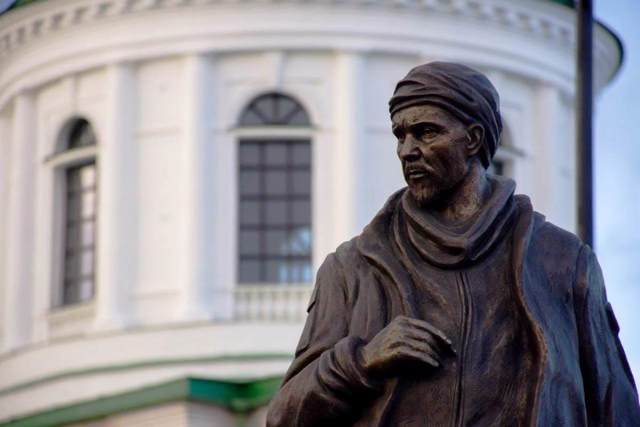
Memorial to the heroes-defenders of Ukraine
Monument
The memorial to the heroes-defenders of Ukraine was opened in 2023 in the center of Nizhyn city, in the former square named after Hubina, next to the All Saints Cathedral.
The memorial complex in the form of a Cossack cross was built from Ukrainian granite according to the project of architect Zhanna Balanyuk and sculptor Serhiy Oleksienko.
In the center of the composition is a sculpture of the Hero of Ukraine Oleksandr Matsiyevskyi, who went to the Russian-Ukrainian war from Nizhyn and died on December 30, 2022 at the hands of the Russian invaders, boldly throwing into their eyes before being shot: "Glory to Ukraine!" His figure symbolizes the feat of all men and women who defended Ukraine against Russian aggression.
In front of the memorial, an interactive information stand has been installed with information about all citizens of Nizhyn who gave their lives defending Ukraine.

Museum complex of Nizhyn State University
Architecture , Museum / gallery
The museum complex of Nizhyn State University named after Mykola Hohol is located in the main university building, built in 1820 for the Nizhyn Gymnasium of Higher Sciences.
This university-type higher education institution was opened in Nizhyn on the initiative of Counts Oleksandr and Illia Bezborodko. Oleksandr Kushelev-Bezborodko, grandson of Illia Bezborodko, became the trustee. In 1821-1828 the writer Mykola Hohol studied here. Graduates of the gymnasium were also a writer-biker Yevhen Hrebinka, artist Andriy Horonovych, patron Vasyl Tarnovsky and others.
In 1909, on the occasion of the 100th anniversary of Hohol's birth, the Mykola Hohol Museum was founded at the then Nizhyn Historical and Philological Institute.
In addition, the museum complex of Nizhyn University includes the Museum of the History of Nizhyn University, the Museum of Soviet Life "Homo sovieticus", as well as a unique art gallery, in three halls of which are paintings of different eras.
The basis of the art exhibition is paintings of the Renaissance and classical European schools, which were donated to the school by its trustee Oleksandr Kushelev-Bezborodko in 1845 on the occasion of the 25th anniversary. Of particular value is one of the largest in the country collections of paintings by Ukrainian artist Serhiy Shyshko, which he personally donated to the school. 36 paintings represent different stages of creative growth and development of the artist.
The possibility of visiting the museum on weekends must be coordinated with the university administration in advance.
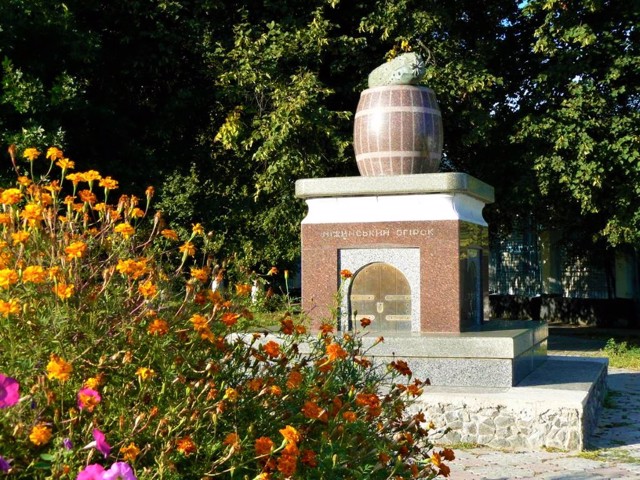
Nizhyn Cucumber Monument
Monument
Nizhyn cucumbers, which made the city of Nizhyn famous, became popular during the reign of Empress Catherine II, who ordered to supply them to the imperial court, which was carried out until 1917.
In Soviet times, the products of the Nizhyn cannery also enjoyed constant popularity due to the special crunch and characteristic taste of local cucumbers, which is explained by the properties of the local soil and a special pickle, the recipe of which, according to legend, was brought to Nizhyn by the Greeks. Currently, Nizhyn pickles are exported to 70 countries around the world. 2
In 2005, a monument to the Nizhyn cucumber was erected in front of the central entrance to the Nizhyn Cannery. The vegetable sculpture is made of green Italian granite. He is depicted lying on a salting barrel standing in a cellar for preserving.
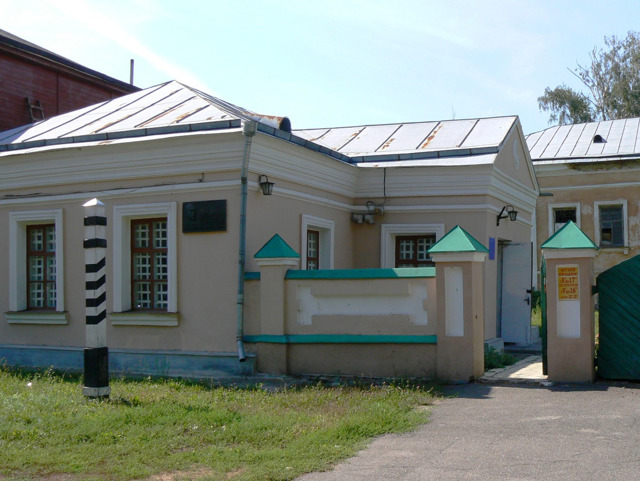
Nizhyn Post Office Museum
Museum / gallery , Architecture
The "Post Office" department of the Nizhyn Museum of Local Lore named after Ivan Spasky was opened in 1986 in a complex of buildings of the post office of the XVIII century, which is almost completely preserved.
Post offices in Kyiv, Nizhyn and Baturyn were established after the decree of Moscow Tsar Oleksiy Mykhaylovych on regular postal services between Moscow and Kyiv in 1669.
In 1787, a private estate built in the center of Nizhyn in the second half of the 18th century was converted into a post office. The complex consisted of a two-story post office building with the apartment of the Nizhyn postmaster and hotel rooms, two symmetrical outbuildings, a stable and a carriage.
At the beginning of the XIX century Nizhyn post office was one of the largest in the Left Bank of Ukraine. Mykhaylo Lomonosov, Hryhoriy Skovoroda, Oleksandr Pushkin, Mykola Hohol, Taras Shevchenko, Marko Vovchok and others stayed at the local hotel.
The exposition of the museum "Post Station" is located in the preserved wing of the station supervisor. The interior of the waiting room has been restored, where you can see a map of the postal tracts of the Russian Empire in 1793, copies of "travelers" by Mykola Hohol (1851) and Taras Shevchenko (1859).
The exhibition also presents a collection of historical postage stamps of Ukraine and Russia, 30 old postcards with photos of Nizhyn streets, a layout of the post office in its original form.
Nizhyn in news and blogs
Reviews Nizhyn
Geographical information about Nizhyn
| {{itemKey}} | {{itemValue}} |
|---|---|
| Region |
Chernihiv |
